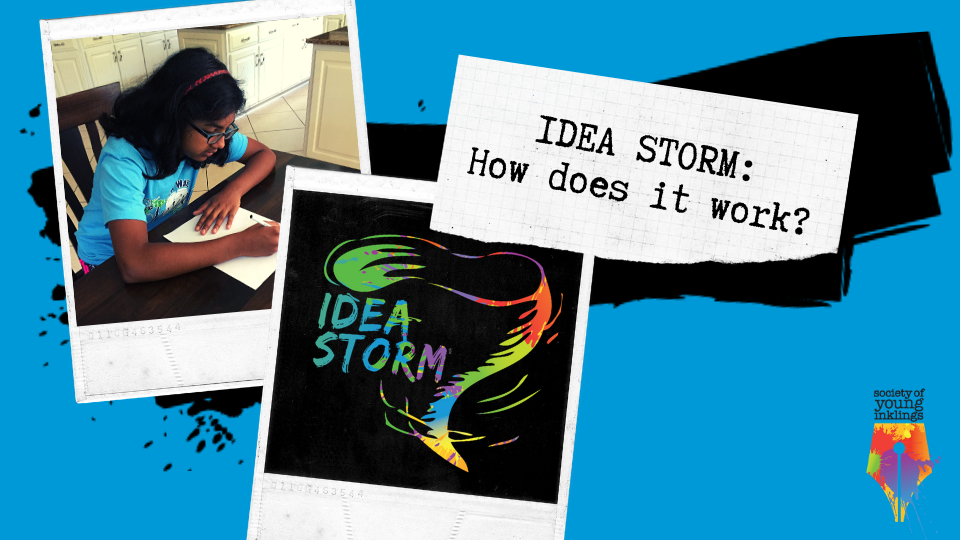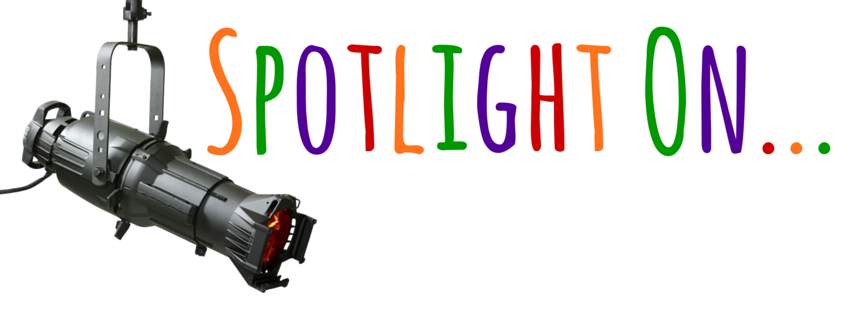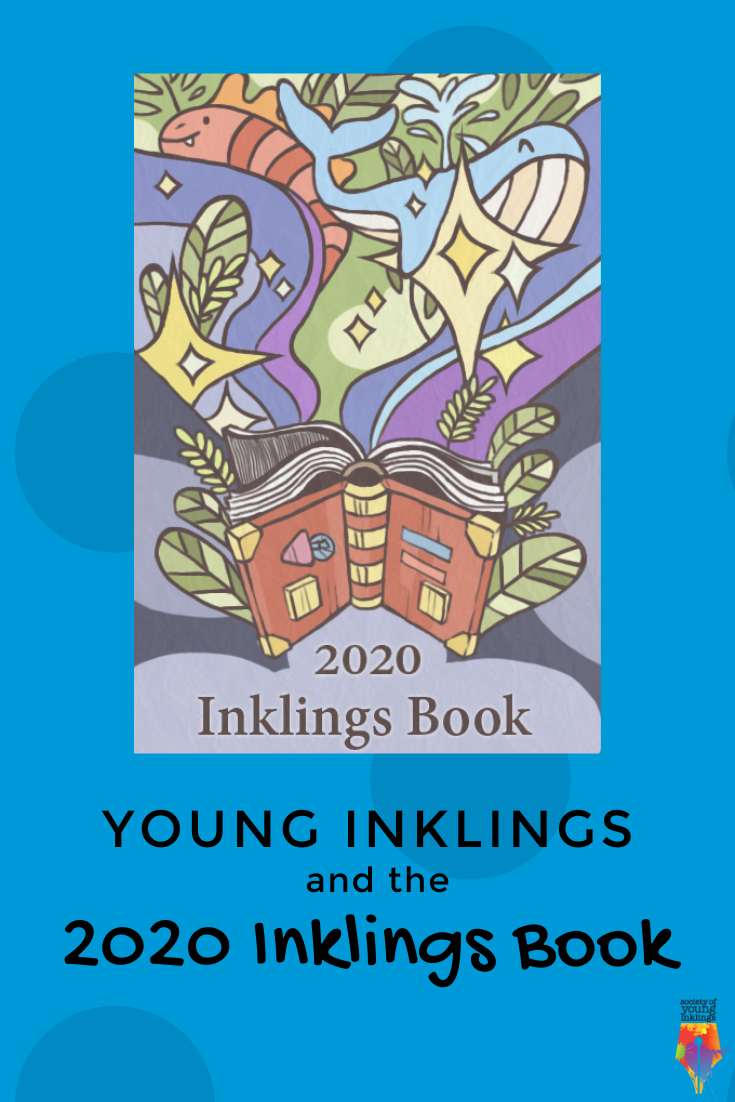Writerly Play Kit 024
Writerly Play for the First Six Weeks of School
Writerly Play for Educators
Writerly Play for the First Six Weeks of School
In The First Six Weeks of School, Paula Denton outlines how to set up a safe, warm classroom environment where expectations are clear and students are set up to be autonomous learners. Whether you’re returning to a virtual, hybrid, or in-person classroom this fall, you’re likely thinking about how to build these positive, proactive relationships with your students, and how to set them up for success.
Writerly Play gives you a toolkit that supports students’ growth and autonomy. Many teachers use the framework first themselves, to identify learning paths for their students and to focus their teaching objectives. Later, they share the framework itself with their students, helping writers better understand the type of thinking required for the task at hand. Knowing how to approach a task, writers can write more effortlessly, identify and solve problems more effectively, and produce stronger results (while understanding how they arrived at any given final piece of writing).
In this WP Kit, we’ll quickly review the Writerly Play framework. Then, we’ll look at simple tools you can use in the first six weeks of school that lay the foundation for empowering your students with Writerly Play throughout your year.

What is Writerly Play?

Writerly Play frames a writer’s development as a story.
The story starts with who: Who is this writer? What is their creative style? What are their strengths and weaknesses? What strategies and tools will work best for them?
As educators, we play an important role in the story–we’re the advisor or guide. As the “Yoda” character, we also need to understand our creative style. How are we similar or different from each writer in our classroom? How can we use those similarities and differences to connect with and also stretch our writers in new directions?
The story continues with what: What project are we working on? The external objective of a project could be filling up a writer’s notebook with entries, writing reports on historical figures, or crafting a personal narrative.
Like any character in a story engaged in an external quest, our writers also have corresponding internal quests. They may be building confidence, empathy, or adaptability. By being mindful of this inner arc of development, we can guide our writers to stretch at meaningful moments, and help them see their wins more clearly.
Each lesson also contains a what: What is today’s objective? Like a scene in a story, lessons provide an opportunity to use and develop a specific skill, and to take a step forward toward their larger external and internal goals.
Where does this story take place? Writerly Play frames the world of the story inside a “writerly hideout.” This imagined space differentiates the various mindsets required for the creative process. For instance, the space for reflective, quiet thinking required to “find the heart of our story” is the Attic. In this room, writers visualize boxes of photographs, shelves filled with momentos from their lives, and a collection of tools to ground themselves in their own experiences and perspective. As a contrast, the Studio is a vibrant, messy space that invites expansive brainstorming and experimentation.
By identifying the intended mental space for an activity, we avoid the confusion that arises from trying to do two contrasting things at once. Instead of brainstorming and evaluating our ideas at the same time, we give each of those important thinking tasks their own space.
The how of Writerly Play is play. No matter which mental space we occupy, we can frame our efforts within activities that spark curiosity and joy. Critical thinking becomes a puzzle to solve rather than a slog through our work, looking for all of our mistakes (and beating ourselves up along the way). Idea generation or drafting can be a series of improv games.
The goal of Writerly Play is to help writers and educators see what’s truly going on–because writing is absolutely more than meets the eye. When we can see the extraordinary story playing its way out in our classrooms (virtual or otherwise), we can make decisions that make the most of the plot, that empower our writers, and that make learning tranformative.
Using the idea Storm
The Idea Storm invites writers to fill the page with a storm of material that can serve as fuel for writing throughout the year.
During the Idea Storm, we move writers from the Studio into the Attic and back into the Studio again. Many Writerly Play activities will function in this way, using one mindset to unlock and inform another.
Notice the difference between sitting students down and asking them to list three important experiences from their lives, and asking them to walk around the room, letting themselves walk the way excitement feels … in their stomach, their hands, their feet. Then, as they’re moving with excitement, asking them to make a frozen pose of a moment in their own life when they felt this way: 5, 4, 3, 2, 1.
In the Idea Storm, we brainstorm on our feet, and then sit down at the page to capture thoughts and ideas. Often, what writers act out as they move isn’t what they ultimately write down. However, the movement loosens them up enough to start the flow of memories. They move from the Studio into the Attic, where they can access a deeper level of personal connection.
In the first six weeks, the Idea Storm can be a strong kick-off to the writer’s notebook. Starting with play removes some of the friction that can pop up when writers face the page without ideas. The Idea Storm pages can be tucked into the beginning of the notebook, and then be revisited whenever the writer needs new possibilities. One of the Idea Storm activities is to list areas of expertise. From this list, writers can shape a how-to piece, a personal narrative, choose a persuasive essay topic, and more. Each idea fragment gathered is a starting place that writers can follow in a number of directions.
The icing on the cake is that in addition to kick-starting a collection of ideas for your writers, you’ve also taught them a few games that you can utilize in your writing classroom in a variety of other ways during your year. You’ve also begun to differentiate the Studio from the Attic. And you’ve done all of this within the Idea Storm experience.
A note: When I facilitate the Idea Storm with classrooms, I tend to do the entire workshop in one sitting. We play a game, sit and gather ideas for 3-5 minutes, and then get back up to play the next game. The energy builds through the experience and culminates in the final video where we share how you might use some of the ideas gathered. However, some educators choose to play their way through more slowly, with one game per writing lesson. This approach can work, as well, and will give the writers more time for reflection and capturing ideas. The overall workshop will feel quieter, more of an Attic experience than a Studio one.
USING THE INKLINGS BOOK
The Inklings Book shines light on the revision process. Each winning piece is published alongside a letter from Inklings mentor who served as an editor for the youth writer in a final revision pass through the story or poem. We also include an interview with each youth writer, which gives them the opportunity to speak directly to the reader about their revision experience.
The three Writerly Play rooms we haven’t yet discussed in this WP Kit are the Library, the Cafe, and the Workshop. The Inklings Book can be used as a tool to begin to explore each of these spaces in the first six weeks of school.
In the Library, writers examine other people’s work, such as model texts, to learn new writing strategies. The Inklings Book can serve as a tool for this kind of investigation because each story and poem in the book is strong, and also written by a youth writer. In this way, the strategies and tools the writers are using are often more approachable than an adult’s published work. To use the Inklings Book in this way, educators might choose one piece as inspiration, read it with their class to examine one aspect of the writing such as rhythm, and then use collective observations about what worked in the piece to inspire pieces of their own.
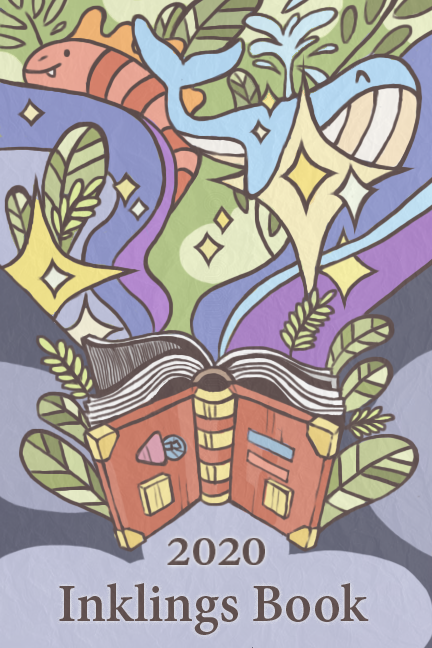
The Inklings Book highlights the revision focus for each piece. So, for instance in this year’s book, one of the revisions focused on active verbs. Educators could use that focus as a lens for considering the writer’s piece. In addition, the activity could move into the Workshop. In the Workshop, we craft our work through practice and revision. The mentor’s letter explains step-by-step how they found opportunities to add active verbs to the piece, such as finding and replacing weak verbs, removing filters such as “began to,” and replacing progressive verbs with simple present ones. Educators could use any of the revision focuses in the Inklings Book as an opportunity to model how writers revise their work seeking out opportunities rather than briefly reviewing for mistakes.
In the Cafe, writers learn to give and receive feedback, and also share their work with the wider community. This set of skills is ideal to set up in the first six weeks of school, so your writers learn how to best support one another. You can also cast a vision for why revision matters–in order to make a work the author loves one that has the intended effect on a reader. Since revision is tied to and motivated by the intended reader, it has a purpose. Feedback becomes helpful rather than an opportunity to have one’s feelings hurt.
This concept, that revision is about the author more fully connecting to the reader, is woven throughout the Inklings Book letters and interviews. Educators can also use one of the pieces, the mentor letter, and the interview, to kick off a learner-led discussion about what helpful feedback looks like, and why it matters.
Keep in mind, also, that we run the Inklings Book Contest every year between January 15 and March 15. This opportunity can be an excellent one to aim toward with a specific piece of writing. As an educator member, you can submit a class set of pieces, and every applicant will receive a personalized letter in response. Finalists are given the opportunity to revise and then be published on our website. Winners are published in the book.
What’s Up At SYI this Month?
sWRITING CHALLENGE FOR YOUR STUDENTS
Time-Bending
This month, our very own Naomi Kinsman has challenged us with a time-bending writing exercise.
I love this quote from Jacqueline Woodson, from her book, The House You Pass on the Way. She writes, “They’re all inside of us…past people and present people. And probably even the people we’ll become.”
Choose a version of you, either now, a year ago, five years ago, or maybe even someone you dream you’ll become. Write a scene for that person. Even if you’re writing about a past self, you can invent a scene for that person. Or you can re-write a real moment from your life, too. The point is to step into your own shoes, at a specific moment of time, and to see the world through that lens. What insight might you gain from that other version of yourself?
Aim for between 350 and 1000 words. Have your students submit their responses HERE and they might be published on our website!
INK SPLAT
2020 Inklings Book Authors
This month, we’re featuring the authors of the 2020 Inklings Book! Each of these authors submitted to this year’s Inklings Book Contest and won the chance to revise with a professional author and be published in this year’s anthology. As part of the introduction to each selection, we interviewed the authors about their writing process. For this month’s Ink Splat, we compiled some of our favorite interview questions and answers from each of our winning authors. Save the date! This year’s Inklings Book releases on August 23, 2020.
Here’s a peek:
I usually look around and get ideas from the world around me, from my friends and from nature, from many different places and aspects of my life. I think if you want to start a story, look around yourself and think about something interesting you might want to write about.
–Victoria Cui, 4th grade, author of “Wishes”
“If you teach a student facts, concepts, and rules, those things go into long-term memory as individual pieces, and if a student then wishes to do something with them—use them to solve a problem, reason with them to answer a question, or organize and analyze them to come up with a theme or a hypothesis—the limitations of attention and short-term memory kick in. The student must keep all of these different, unconnected pieces in mind while working with them toward a solution. However, if this information is assimilated as part of building mental representations aimed at doing something, the individual pieces become part of an interconnected pattern that provides context and meaning to the information, making it easier to work with.“
-Anders Ericsson, Peak: Secrets from the New Science of Expertise
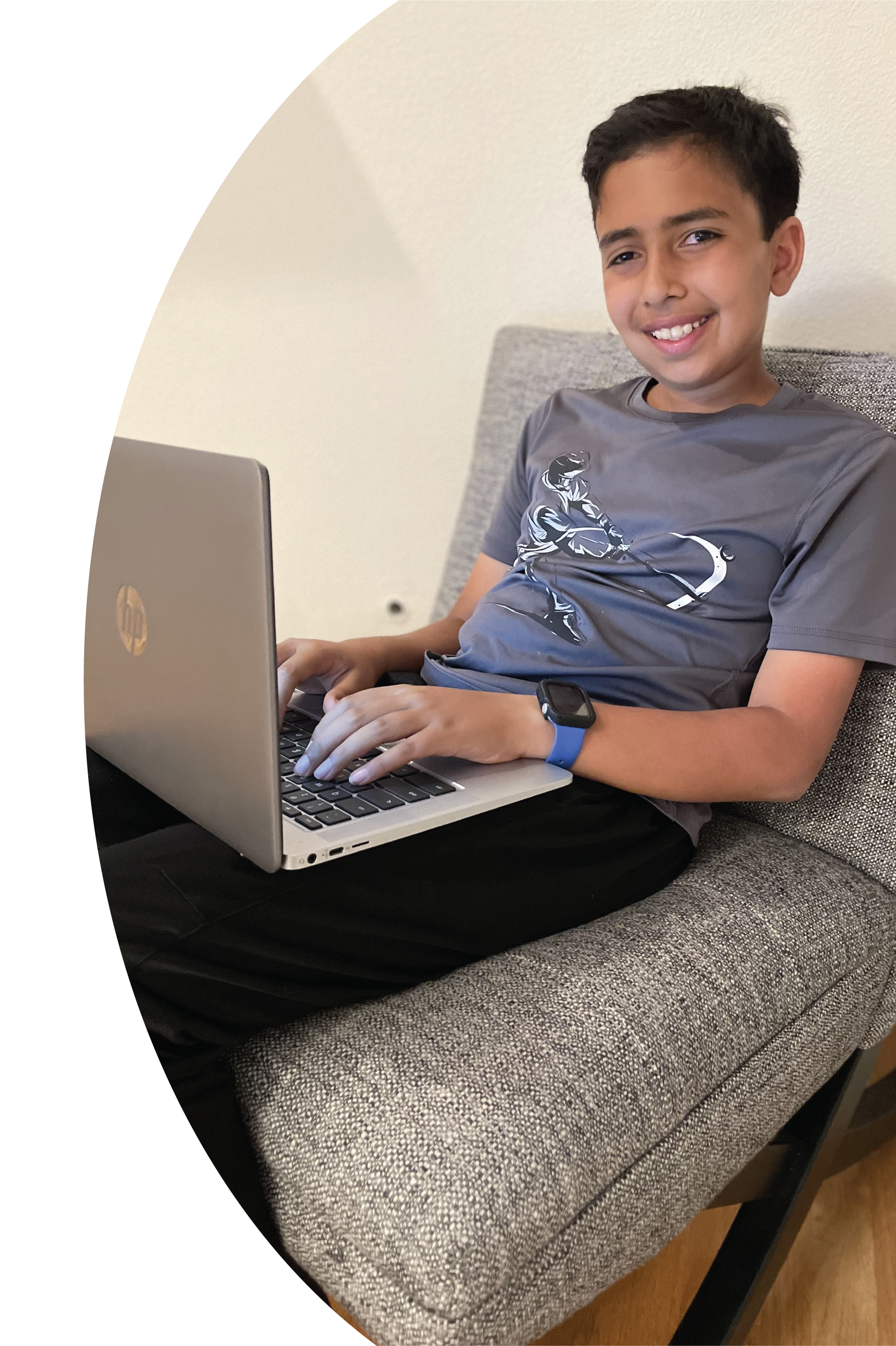
INKLINGS CELEBRATE
Join us for Summer Camp!
We’re inviting passionate young writers to join us on Zoom for writerly summer camp experiences. Each camp will include skill-building activities, time for drafting, and collaboration with peers.

